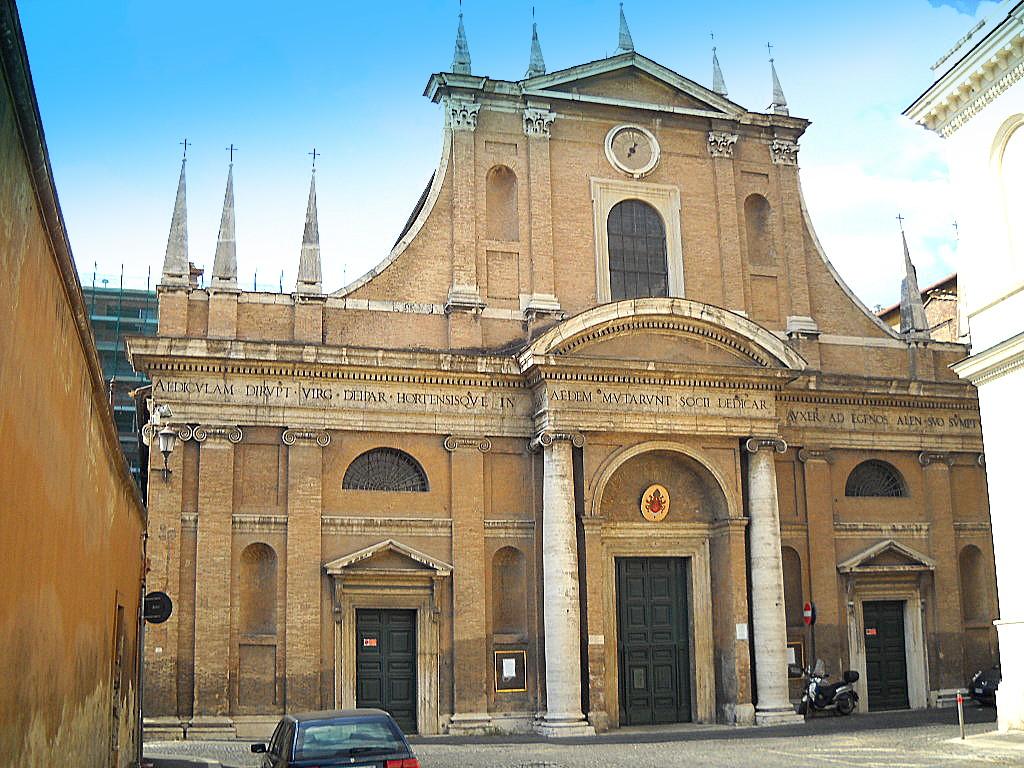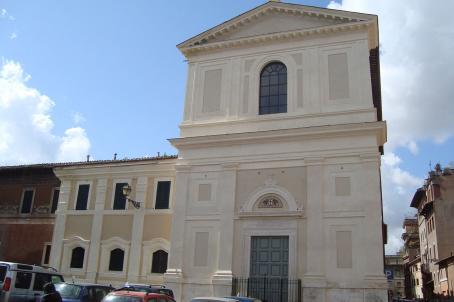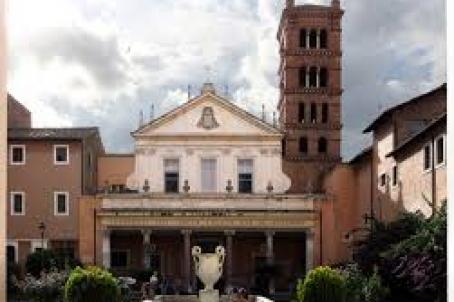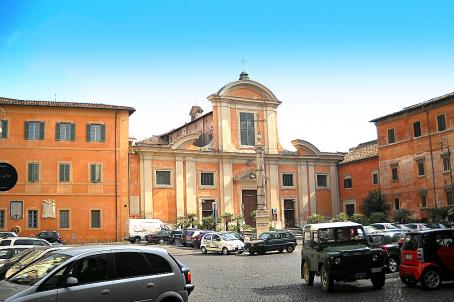Chiesa di Santa Maria dell'Orto
The church of Santa Maria dell'Orto was built in the 16th century following a miracle in 1488 when a sick peasant recovered after praying before an image of Mary at the entrance to a garden. As a result of this miracle, a small votive chapel was built, and later the present church. The construction of the church was completed in 1567 with the façade by the architect Vignole and the interior restructuring by Guidetto Guidetti.






